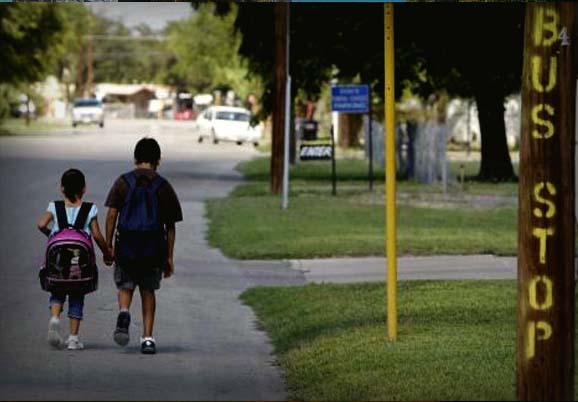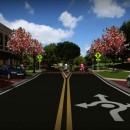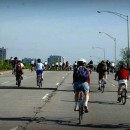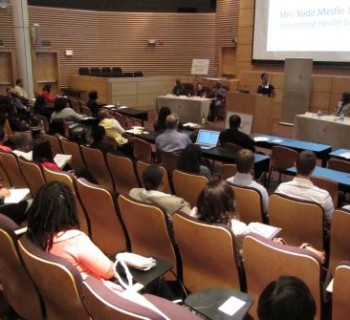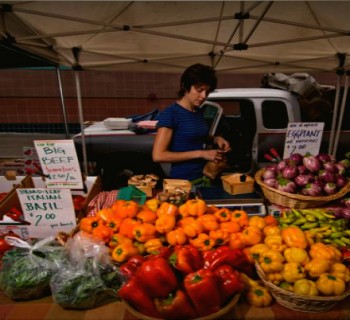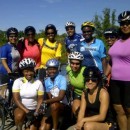In his book, “The Third Mode Towards a Green Society,” Jeff Olson shares a selection of stories from his career in urban planning. He presents a refreshing, holistic perspective on integrating walking, biking, mass transit and automobiles as part of a universal mobility system in communities. Doing this offers a number of benefits, including giving diverse groups of people the “freedom of mobility.”
Through his experiences, Olson illustrates the politics that stifle integration of walking and biking into a community’s mobility system. He effectively discusses how decades of institutionalized bias toward automobiles perpetuates America’s health, economic and environmental woes.
“We only need to walk or bike ten percent of the time to make a significant change in society. That is just two days of walking, bicycling or taking transit per month for a typical commuter." ~Jeff Olson
In one chapter, Olson uses the example of a Saratoga middle school that could not get a school traffic signal approved because of the traffic and congestion it would create for motorists. Since children could not safely walk or bike to school, the school began providing bus service for all students. However, in order to get state funding to bus children in close proximity to the school, it needed a “School Safety Zone” declaration.
Olson explains this concept as “an area where it is unsafe to walk or bike, so children can be bused for shorter distances than would usually be allowed.” The school won approval for the School Safety Zone by banning students from walking or biking to school.
Olson goes on to describe how this story of a Saratoga school is not uncommon across America. He points out that busing makes up a significant part of public school budgets. Walking and biking are therefore perceived as potential job and budget threats, as well as a liability for school boards.
It is precisely this kind of thinking that contributes to national obesity and environmental epidemics.
Olson balances his critique with more inspirational stories about where positive change is taking place. In the same chapter on schools, he writes about Portland’s initiatives to help the majority of students, faculty and staff bike to school. He also writes about other communities making progress on integrating bicycling and walking into their mobility systems.
There is a chapter on his experience working with the community of Jackson Hole, Wyoming, to develop biking and pedestrian pathways throughout the community. Despite debates and opposition between integration advocates and environmentalists, “[Jackson Hole] is finding a way to get the wide range of competing interests … to support the pathways system.”

Olson attributes their success to a positive collaboration between public, private and non-profit partners.
There are more than 200 pages of narrative to illustrate the fragmented task of weaving human-powered mobility into transportation planning. What were once the original modes of transportation are now afterthoughts and extremely difficult to retrofit into mainstream transportation plans.
Olson shares examples of where he’s seen it happen in new construction, in Dubai, for example. But the example comes alongside many other examples of missed opportunities that are the direct result of bipolar politics.
In the end, Olson offers an idealistic action plan for successfully creating “complete streets” that accommodate both human-powered and motorized modes of transportation. But, given the rampant competing political interests he describes most of his stories - it’s doubtful whether a national scale of change is achievable.
Nonetheless, Olson manages to raise the collective consciousness of accommodating a greater variety of transportation. He repeatedly points out that most people can use many forms of transportation if a community plans and builds for it.
The strongest takeaway is that individual behavior change will have the greatest impact over time. He writes, “We only need to walk or bike ten percent of the time to make a significant change in society. That is just two days of walking, bicycling or taking transit per month for a typical commuter.
"We can meet this goal, but first we have to overcome the fact that too many people have become dependent on their cars as the only form of mobility, and that our communities have been designed only for that single mode of transportation.”


